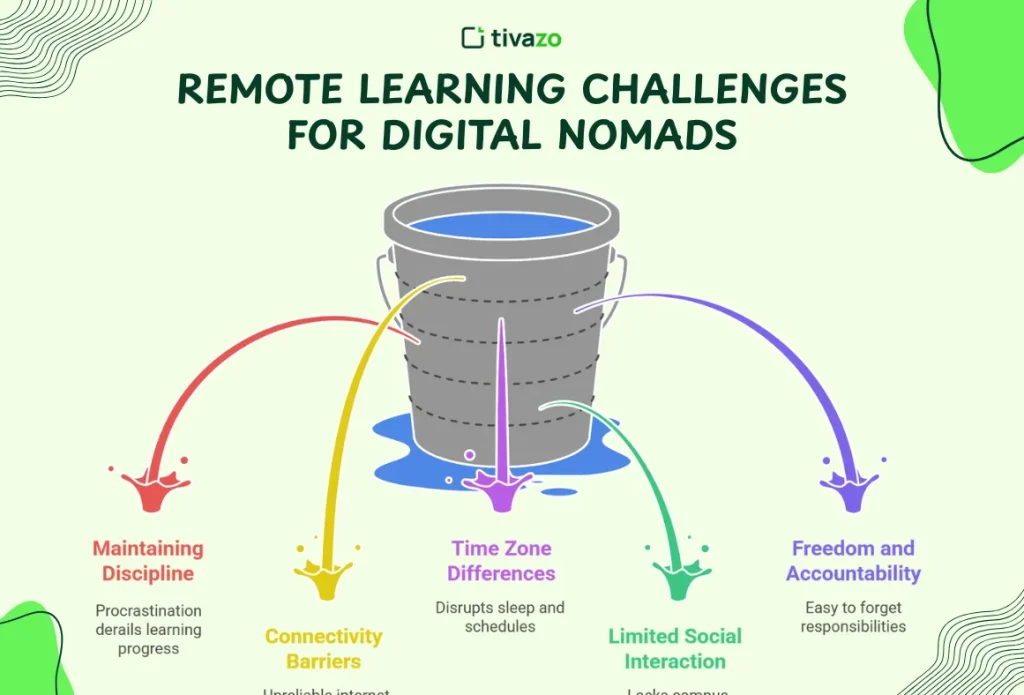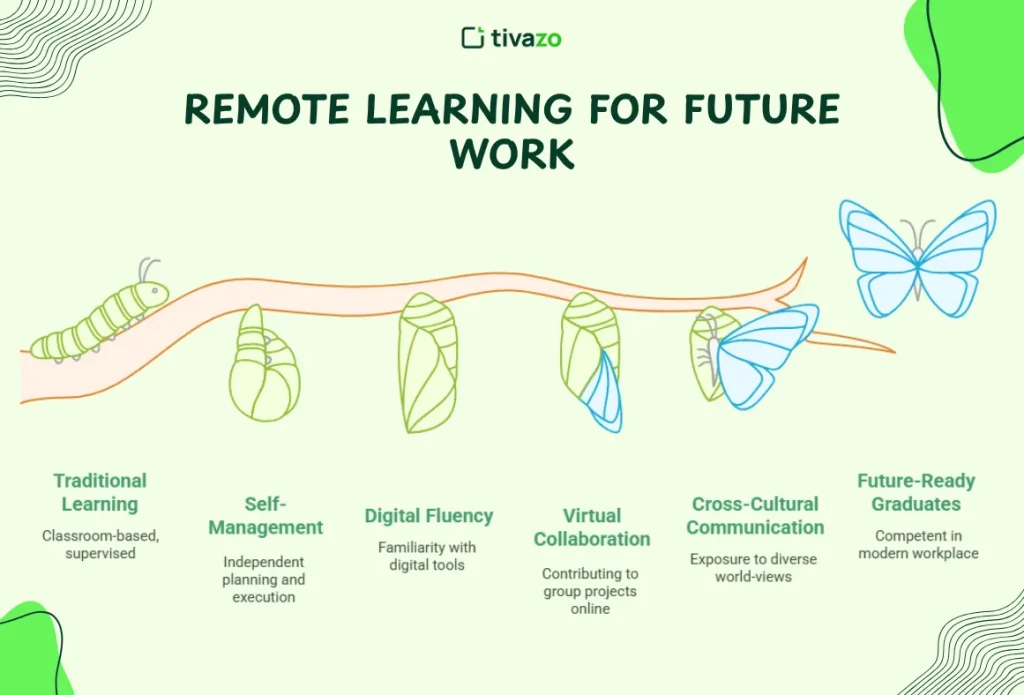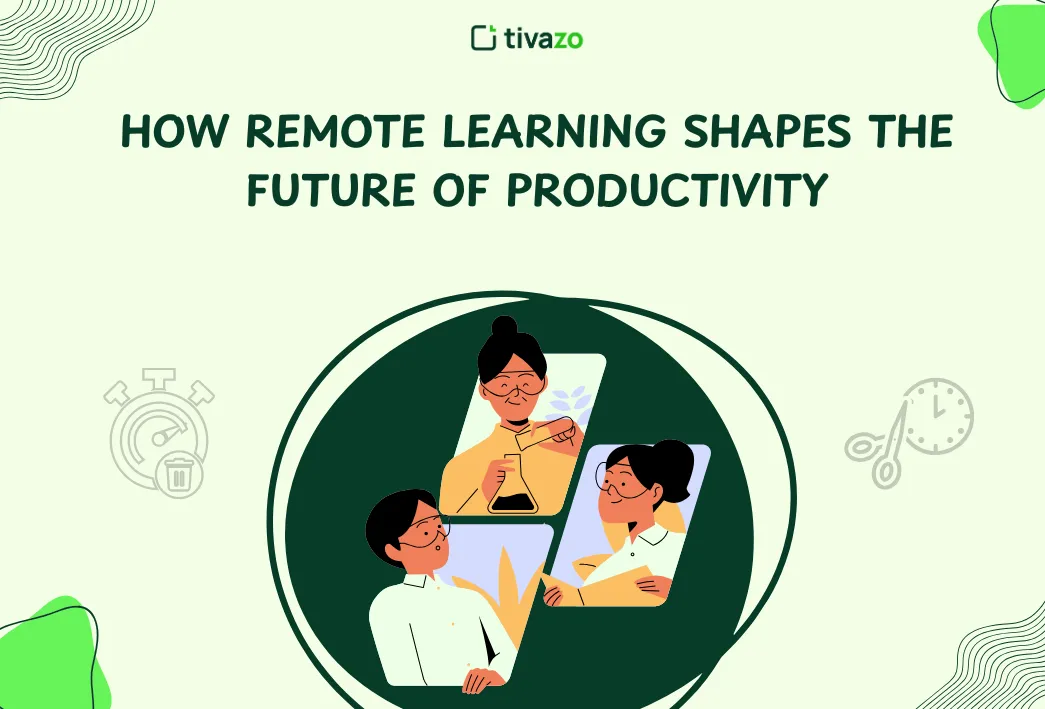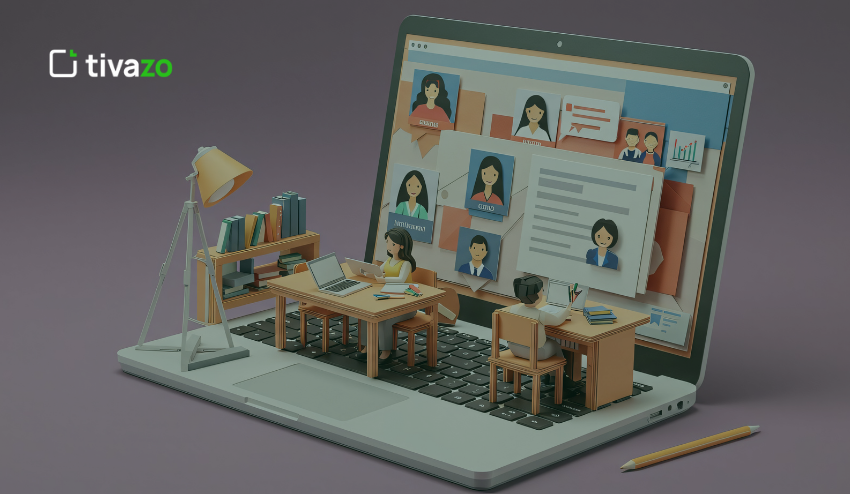Student life has been associated with campuses, lecture halls, and face-to-face communities, which are the familiar elements of student life over the decades. However, in recent years, this traditional model has been experiencing a seismic shift. The emergence of remote learning, online learning, and the ability to move around the world means that geography no longer limits many students. Rather, they are adopting an alternative image the college digital nomad
Digital nomads are commonly linked to freelancers and entrepreneurs who can work remotely; however, the trend is starting to move into higher education. With laptops, online resources, virtual classrooms, and working internet, students have been able to participate in lectures in a cafe in Lisbon, participate in a group project in Bali, or do their assignments on a train ride across Europe.
This is not merely a lifestyle decision, but it represents a more radical shift in the culture of education and work. As businesses are turning to productivity solutions such as Tivazo to operate a distributed workforce, students are also learning to use digital aids to add structure and responsibility to a nomadic way of life.
We will discuss in this article why students are becoming digital nomads, the difficulties they encounter, and how platforms such as Tivazo can assist them in remaining productive as they prepare to work in the future.
What is the Digital Nomad Lifestyle? Why Are Students Choosing it?
Being a college nomad may have sounded as an unrealistic idea ten years ago. Nowadays, it is becoming an option to thousands of students all over the world. This is changing due to a number of reasons:
1. Cost Efficiency
Studying in a brick-and-mortar campus is normally costly to live. College towns and big cities are generally demanding in terms of expenses of housing, commuting as well as food budgets. Students are able to study remotely at home or in cheaper areas and this saves a significant amount of money and usually saves a lot of money.
2. Flexibility in Scheduling
Remote programs enable the students to study at their own pace. Others adhere to a timetable and others adopt asynchronous formats. This freedom will imply that students are able to combine their studies with internships, freelancing, or traveling.
3. Global Exposure
Remote learning eliminates the geographical issue and students can experience the new cultures without spending money on costly exchange programs. Virtual study in a foreign country is proving to be an economical solution to international study.
4. Skill Structure towards the Future of Work.
The current employers are looking forward to candidates who are digitally fluent, flexible, and self-managed. Digital nomad students are already exercising the precise skills required in contemporary workplaces: time management, cross-cultural communication, and virtual collaboration.
The Digital Nomad Problems of Remote Learning.

Although the pros are strong, being a digital nomad student is not that simple.
1. Maintaining Discipline
Lack of organization of day-to-day classes and campus atmosphere means that students have to be self-motivated. The steps can be pulled off track by procrastination and distractions.
2. Connectivity Barriers
A good internet connection is mandatory. Low quality of connection may interfere with live lectures, group discussions, or research, causing frustrations and learning gaps.
3. Time Zone Differences
It takes careful planning to attend real-time classes or meetings in other continents. Students will need to attend lectures at strange times and this will interfere with their normal schedules.
4. Limited Social Interaction
The absence of the campus community is one of the greatest trade-offs of remote study. Associations, societies, and face-to-face networking are crucial in helping the students. To substitute these social structures, digital nomads will have to take the initiative of finding virtual or co-working communities.
5. Freedom and Accountability.
The freedom that brings the concept of digital nomadism is also its greatest challenge. It is simple to forget accountability without accountability systems. It is at this point that time-tracking and productivity tools become essential.
Academic Support in an Expat Life
One of the leading reasons for the rise of college digital nomads is staying academically equipped thanks to online support. The majority of the students have turned to tutoring apps, study forums, and essay help websites.
In some instances, the urgency to understand important concepts and keep pace with deadlines will force a student to seek help from a reputable write my essay service to save time and reduce stress without compromising their marks. An increase in the number of these platforms is indicative of the growing desire for flexible scholarly assistance within a globalized distance world.
The importance of Productivity Tools to Digital Nomad Students.
The main distinction between being a successful digital nomad and being a failure is the capacity of the students’ capacity to manage their time and responsibility. That structure could be created with the assistance of productivity tools such as Tivazo.
In contrast to the old-fashioned planners, Tivazo offers real-time access, tracking of activities, and analytics on performance, thus being perfect for students who take multiple courses, assignments, and extracurricular activities in various places.
Here’s how Tivazo’s features map onto digital nomad student needs:
| Tivazo Feature | Student Use Case |
| Automatic + Manual Time Tracking | Track time spent on lectures, research, and assignments to build awareness of study habits. |
| Idle Time Detection | Alerts when productivity dips, preventing wasted hours during “study sessions.” |
| Activity Reports & Analytics | Weekly breakdowns reveal which subjects dominate time and where adjustments are needed. |
| Screenshot with Masking | Useful for group accountability (e.g., demonstrating contributions to team projects without exposing personal information). |
| Team Dashboards | Group assignments become transparent, with each member’s contribution visible. |
| Cross-Platform Access | Track study activity from home, cafés, or co-working spaces seamlessly. |
How to create a Productivity System as a Digital Nomad Student.
Digital nomads require more than the tools to reap the best of remote learning: they require a system. The following is a structure that is compatible with Tivazo:
Step 1: Defining Projects and Goals.
Divide courses into particular assignments (e.g., Econ Assignment, historical paper). Assign time goals for each.
Step 2: Time Tracking should be a habit.
Track every study session. Both in lectures and in writing papers, time tracking gives an insight into the daily routine.
Step 3: Monitor Idle Time
Stay accountable by using idle time notifications. When the productivity is low, determine the cause, which could be as a result of distraction, fatigue or lack of clarity.
Step 4: Review Reports Weekly
Create an analysis of time statistics to identify trends. Do you have too much time on a course? Are some of the tasks always late? Reports aid in establishing areas of inefficiency.
Step 5: Work in a Transparent Way.
To align group projects, post screenshots and logs of the shared information. This avoids arguments over workload allocation.
Step 6: Study and Breaks Balance.
Prevent burnout by ensuring that you take frequent breaks. Organise the focused work sessions and rest periods with the help of the Tivazo timers.
The Bigger Picture: Remote Learning Makes Students Ready to Work in the Future.

Remote learning is not just a matter of convenience but it is making future-ready graduates. The competencies that digital nomad students acquire are directly in tandem with the newly emerging trends in the contemporary workplace:
- Self-Management: Learning to plan, prioritize, and carry out without any supervision.
- Digital Fluency: Familiarity with platforms, apps, and analytics that are a replica of the real-world corporate tools.
- Virtual Collaboration: The skill to make contribution to group projects without the need to share the same room.
- Cross-Cultural Communication: The ability to be exposed to world-views and this is a precious skill in an international industry.
- Social Responsibility: with services such as Tivazo, it is possible to support assertions of productivity and contribution with quantifiable information.
Digital nomad students are, in a lot of aspects, training now for what they will need in the future. These skills have become not only relevant but also important, as employers are moving towards hybrid and remote approaches.
Remote Learning Mental Health and Wellbeing
Whereas emphasis is usually placed on productivity, another factor is mental health, which is also crucial. Some students can experience less stress by using remote learning because they no longer have to go to school or experience housing issues. To some, it may add to a sense of isolation and disconnection.
This has to be pursued by both colleges and digital tools by providing:
- Online Mentorship Programs -Online networking of students with their peers and advisors.
- Community Platforms – Communities on the internet to duplicate campus communities.
- Balance-Oriented Features– Reminders to take a break, rest, and screen time management.
Applications such as Tivazo can also play their part by assisting students in staying on track of the state of equilibrium between study and rest, so that productivity does not go at the cost of wellbeing.
Conclusion: A Hybrid Future of Education.
Distance learning does not come by. Rather, it is a future involving a hybrid of both online and offline learning where students are able to select not only the mode of study but also the location of study.

Although there are still issues like discipline, reliability of the internet, and social connection, the advantages of flexibility, exposure to the whole world, and learning digital skills far exceed the disadvantages. Using systematic productivity solutions such as Tivazo, learners can turn distance education into a way of life that not only helps them to be successful academically but also equips them with digital-first workforce skills.
To a lot of people, the power to learn anywhere is no longer a luxury; it is the basis of a future-proof education that is career-ready.




